Decoding Skin Care: The Essential Guide to Lotion vs. Cream

When it comes to keeping our skin hydrated and soft, the “lotion vs. cream” debate is more relevant than ever. With a plethora of options available, this article aims to demystify the differences and help you make an informed decision for your skincare routine.
What is Lotion?
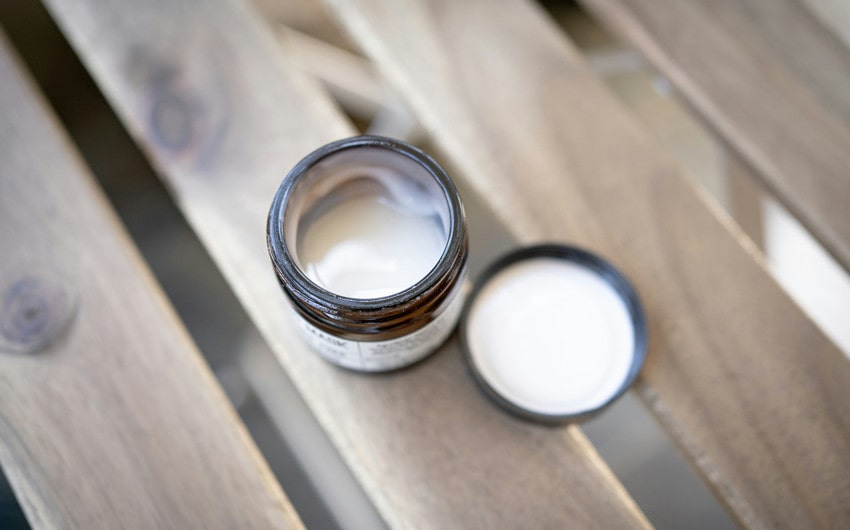
Lotions are lightweight skincare products that are easily absorbed into the skin, making them a favorite for those who prefer a non-greasy feel. Their high water content ensures that the skin is hydrated without the heaviness associated with richer products. Lotions often come in pump bottles or tubes for convenient application and are designed to spread easily across large areas of the body.
Best Uses
Lotions are particularly suited for normal to oily skin types due to their light formulation. They are an excellent choice for daytime wear, as their non-greasy nature allows the skin to breathe and feel fresh even under makeup or sunscreen. In humid climates or during warmer seasons, lotions provide the necessary hydration without the risk of clogging pores or leaving a sticky residue.
Advantages
The major advantage of using lotions lies in their versatility and ease of use. They can be quickly applied and re-applied as needed throughout the day, making them ideal for busy lifestyles. Lotions are also beneficial for full-body application, as their lightweight nature doesn’t feel heavy or uncomfortable on the skin. For those with slightly oily or combination skin, lotions offer the perfect balance of hydration without exacerbating oiliness.
Ingredients and Formulation
Lotions typically contain a blend of oils and water, with emulsifiers to keep the mixture stable. They may also be enriched with vitamins, antioxidants, and other skin-benefiting ingredients to address specific concerns like aging, acne, or sensitivity. The inclusion of humectants such as glycerin or hyaluronic acid helps to draw moisture into the skin, ensuring it stays hydrated longer.
Sensory Experience
Using a lotion can be a refreshing experience, especially when applied after a shower or bath. The lightweight texture and often subtle fragrances contribute to a feeling of freshness and cleanliness, making lotions a delightful part of daily skincare routines.
What is Cream?
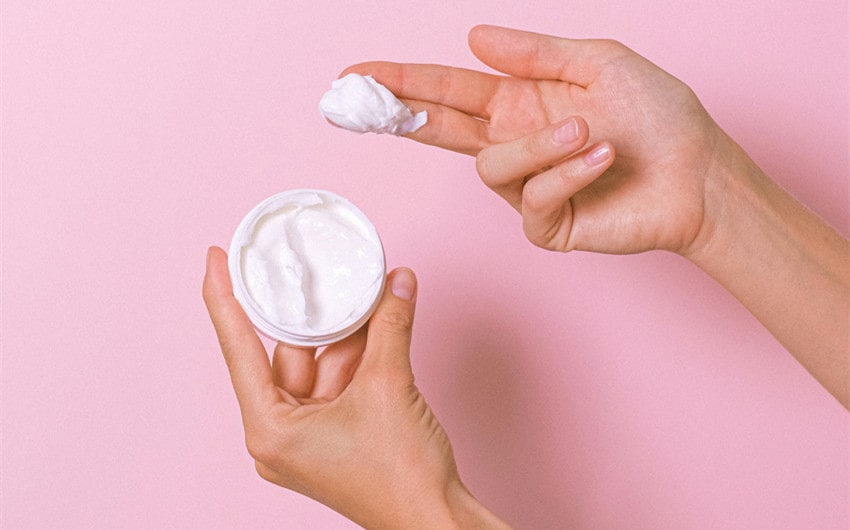
Creams are thicker and more emollient than lotions, with a higher concentration of oils, which makes them exceptionally good at locking in moisture. This density allows creams to form a protective barrier on the skin’s surface, which helps to prevent water loss and shield the skin from environmental stressors. Typically packaged in jars or tubes, creams have a rich texture that is deeply nourishing.
Best Uses
Creams are the go-to solution for dry to extremely dry skin, providing the intense moisture needed to repair and soothe parched skin. They are particularly effective for nighttime use, as their rich texture works well with the skin’s natural regenerative processes during sleep. In colder, drier climates, creams offer an additional layer of protection against harsh weather conditions, keeping the skin soft and supple.
Advantages
The most significant benefit of creams is their ability to provide deep hydration and repair for dry and damaged skin. The thick, luxurious texture of creams makes them ideal for treating specific areas like the elbows, knees, and heels, which are prone to dryness and cracking. For those with sensitive or mature skin, creams can offer the added nourishment needed to soothe irritation and minimize the appearance of fine lines and wrinkles.
Ingredients and Formulation
Creams are rich in emollients and occlusives, ingredients that create a physical barrier to lock in moisture. They may also contain a higher concentration of active ingredients like retinol, peptides, and ceramides, targeting specific skin concerns such as aging, dryness, or loss of elasticity. The occlusive agents, such as lanolin, petroleum, or shea butter, ensure that moisture remains sealed within the skin for lasting hydration.
Sensory Experience
Applying a cream is often seen as a comforting, pampering ritual, particularly in the context of a nighttime skincare routine. The act of massaging a cream into the skin can be soothing and therapeutic, aiding in relaxation before sleep. The rich texture and often more pronounced fragrances of creams can contribute to a luxurious skincare experience, making them a favorite for those who enjoy indulging in self-care practices.
Comparing Lotion and Cream
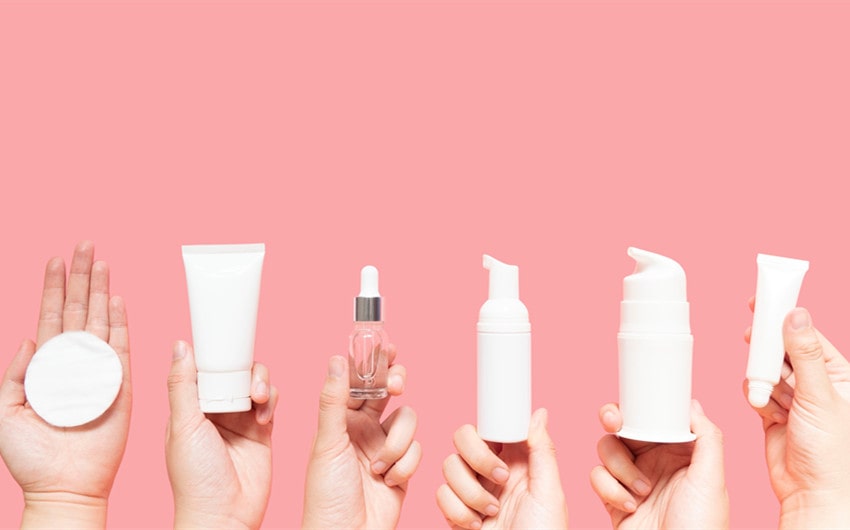
Texture and Absorption
The most noticeable difference between lotions and creams lies in their texture. Lotions, being lighter and more fluid, are easily spread and absorbed into the skin, making them ideal for quick application over large areas. This rapid absorption allows the skin to breathe and feel refreshed without a lingering greasy residue.
On the other hand, creams have a thicker, richer texture that takes more time to absorb but provides a deeper level of hydration. This makes creams particularly beneficial for areas of the skin that are excessively dry or for overnight use when the skin’s natural repair processes are most active.
Ingredients
While both lotions and creams contain a mix of water and oils, the proportion of these ingredients varies significantly. Lotions have a higher water content, which contributes to their lighter texture and feel. They may also contain higher levels of humectants, substances that attract moisture from the air into the skin.
Creams, conversely, have a higher oil content, providing a more substantial barrier on the skin to prevent moisture loss. This often includes richer, more nourishing ingredients such as shea butter, jojoba oil, or ceramides, which are particularly effective at repairing and protecting dry, damaged skin.
Effectiveness
The effectiveness of lotions and creams can vary depending on the specific skin concern. For everyday hydration and maintenance of normal to slightly dry skin, lotions are often sufficient, providing a balance of moisture without overwhelming the skin.
In cases of eczema, psoriasis, or severe dryness, creams are usually more effective due to their ability to offer intense hydration and form a protective layer that supports the skin’s healing process. The choice between lotion and cream also depends on personal preference and the desired outcome, whether it’s light hydration or deep nourishment.
Seasonal and Environmental Considerations
The environment plays a significant role in choosing between lotion and cream. In warmer, more humid climates or during the summer months, a lotion’s lightweight formula is often preferred, as it hydrates the skin without contributing to excess oiliness or sweat.
Conversely, during the winter or in arid environments, the skin may require the extra protection and moisture that creams provide, helping to combat the drying effects of cold weather and indoor heating.
How to Choose Between Lotion and Cream
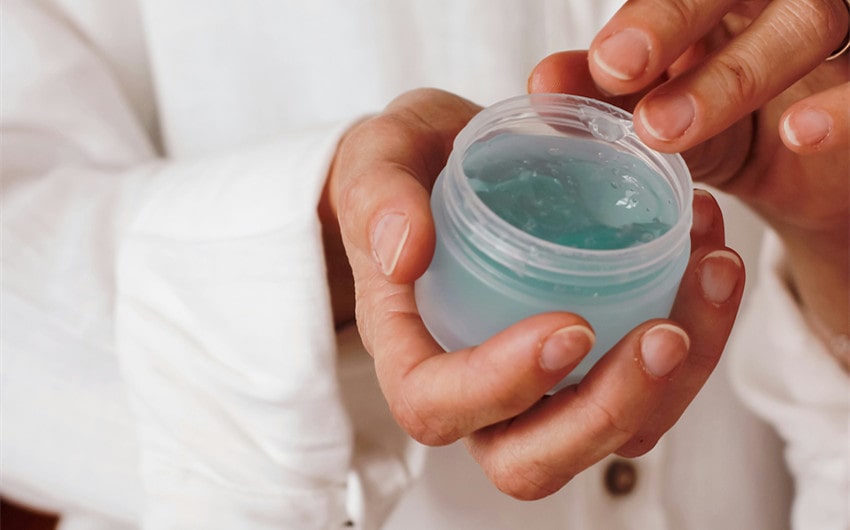
Skin Type Consideration
Understanding your skin type is crucial in deciding whether to use a lotion or a cream. Individuals with oily or acne-prone skin may benefit from the lighter hydration of lotions, which moisturize without clogging pores or exacerbating oil production. Those with dry or mature skin, however, might find creams more beneficial, as they provide the intensive hydration and barrier protection needed to improve skin texture and elasticity.
Environmental Factors
Your living environment and the current season should influence your choice between lotion and cream. For those in humid climates or during hot summer months, a light lotion can provide sufficient hydration without feeling heavy or greasy. In contrast, cold, harsh winters or dry environments can strip the skin of moisture, making a rich cream a necessity for preventing dryness and irritation.
Personal Preference and Lifestyle
Personal preference plays a significant role in the choice between lotion and cream. Some individuals prefer the quick absorption and lightweight feel of lotions, especially if they are often on the go or dislike the feel of heavy products on their skin.
Others may favor the rich, comforting texture of creams, particularly if they have dry skin or enjoy a more luxurious skincare routine. Lifestyle factors, such as outdoor activities, makeup use, and daily routines, can also dictate which product is more convenient and effective for individual needs.
Specific Skin Concerns
Consider any specific skin concerns you may have, such as sensitivity, eczema, or signs of aging. Lotions formulated with calming ingredients like aloe vera or chamomile can be ideal for sensitive skin, while creams with targeted actives like retinol or peptides might be better suited for addressing wrinkles or firmness. Always choose products that align with your skin’s unique needs and concerns to ensure the best results.
By carefully considering these factors, you can make an informed decision between lotion and cream that best suits your skin type, environmental conditions, and personal preferences, ensuring your skin remains healthy, hydrated, and radiant.
Application Tips for Optimal Benefits
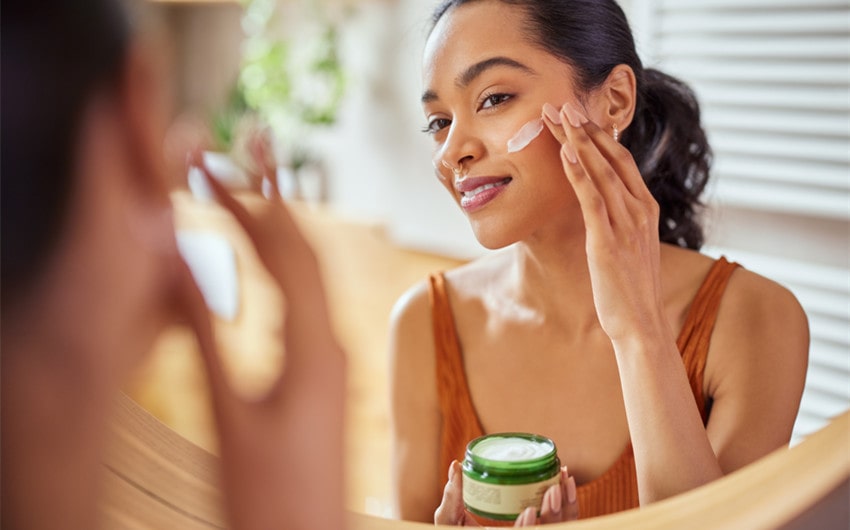
Best Practices
For optimal absorption and effectiveness, apply both lotions and creams to slightly damp skin, ideally after bathing or washing your face. This helps to lock in the moisture provided by water. Use gentle, upward strokes during application to boost circulation and encourage deeper penetration of the product into your skin. Especially for creams, a small amount often goes a long way; start with a pea-sized dollop and add more as needed to avoid overburdening your skin.
Layering Techniques
When using both lotions and creams in your skincare routine, apply the lotion first as its lighter consistency allows for quicker absorption. Follow with the cream to lock in the added moisture and provide an extra layer of protection, especially in areas that are particularly dry or exposed to harsh environmental conditions.
Timing Is Key
Apply lotions and creams at strategic times for maximum benefit. Morning applications should focus on protection and hydration to face the day, while evening applications can be more intensive, focusing on repair and rejuvenation. Nighttime is when the skin naturally repairs itself, making it the perfect opportunity to use richer creams that might be too heavy for daytime use.
Sensitive Areas
Be cautious when applying products around sensitive areas such as the eyes. Opt for products specifically designed for these areas to prevent irritation. A gentle patting motion is recommended to apply products around the delicate eye area.
Conclusion
Choosing the right skincare product isn’t just about the debate between lotion and cream; it’s about understanding your skin’s needs, the environment you’re in, and your personal preferences. By following the tips outlined for application and considering the factors unique to your lifestyle and skin type, you can ensure that your skin remains hydrated, protected, and vibrant.
Remember, the best skincare routine is one that you can consistently follow and adapt as your skin’s needs change over time. Whether you lean towards the lightness of lotions or the rich nourishment of creams, the key is to listen to your skin and treat it with care and attention.
